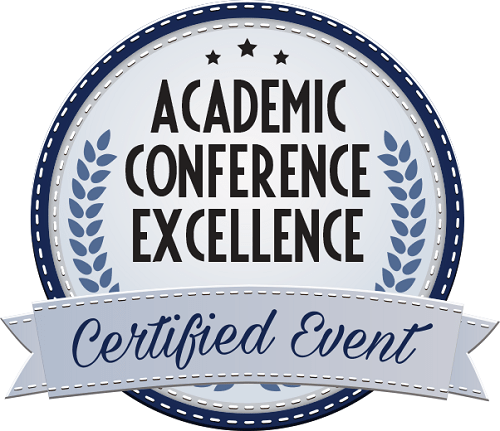
Manar Zaki
Trinity College Dublin, Ireland
Title: A community driven vulnerability assessment in Syanjga District, Nepal
Biography
Biography: Manar Zaki
Abstract
Many flood resilience and climate change adaptation projects begin with some version of a vulnerability assessment as a foundation. However, assessing vulnerability is often a reflection of the evaluator’s expertise and the resources they are prepared to employ. In the sphere of climate change research, a function of external threats and internal sensitivities is typically used to calculate vulnerability. A methodology utilizing quantitative measures of environmental and socioeconomic indicators naturally follows, conveniently producing the type of measurable, comparable and often visual evaluations that suit policymakers. While such research has very real merits, its utility within community driven development projects is limited. It is unlikely people see their own problems through a lens of the IPCC frameworks, measuring the character, magnitude and rate of climate variation to which they are exposed. When preconceived indicators of vulnerability are a starting point for a project to launch community involvement, there is little room to measure the risk facing a community’s heritage, culture and social cohesion - factors threatened by either environmental risks themselves or even by the proposed solutions to the vulnerabilities identified. This research project would serve as a component of the Nepal Innovation Lab’s Andhi Khola Flood Resiliency Project. The Syangja District, the location for this project, is affected by increasing weather related disasters including landslides, debris flows and flash floods. The project has two primary output goals: (1) A prototypical, site-neutral community engagement model designed to build a foundation of local input, perception and knowledge for the design of community landscape-based resilience strategies. This community engagement model explores methods for establishing longterm engagement through youth outreach and stewardship, redirection of destructive labor forces such as gravel harvesting through productive construction and landscape maintenance and giving community members agency in the design process. (2) A landscape design in Syangja exploring site-specific applications of resiliency infrastructures within local ecological, cultural, social and geophysical context. This design also outlines the roles of activities such as youth outreach and local labor within the evolution and growth of the master plan (Nepal Innovation Lab). The goal of study is to produce a place specific vulnerability assessment, using ethnographic research methods to distill definitions of vulnerability, resilience and adaptive capacity as they are perceived by community members. The findings of study may contribute to both objectives of the Andhi Khola Flood
Resiliency Project. It helps to inform the development of a community engagement model by piloting a potential “first step” in establishing dialogue and/or better understanding local perspectives. Further, the study directly assists in providing insight into the local ecological, cultural, social and geophysical context for a landscape design. (Fundamental questions including
(1) who is vulnerable; (2) what makes someone resilient; and (3) what or where is valuable? will be addressed to reflect local perspectives and priorities.

